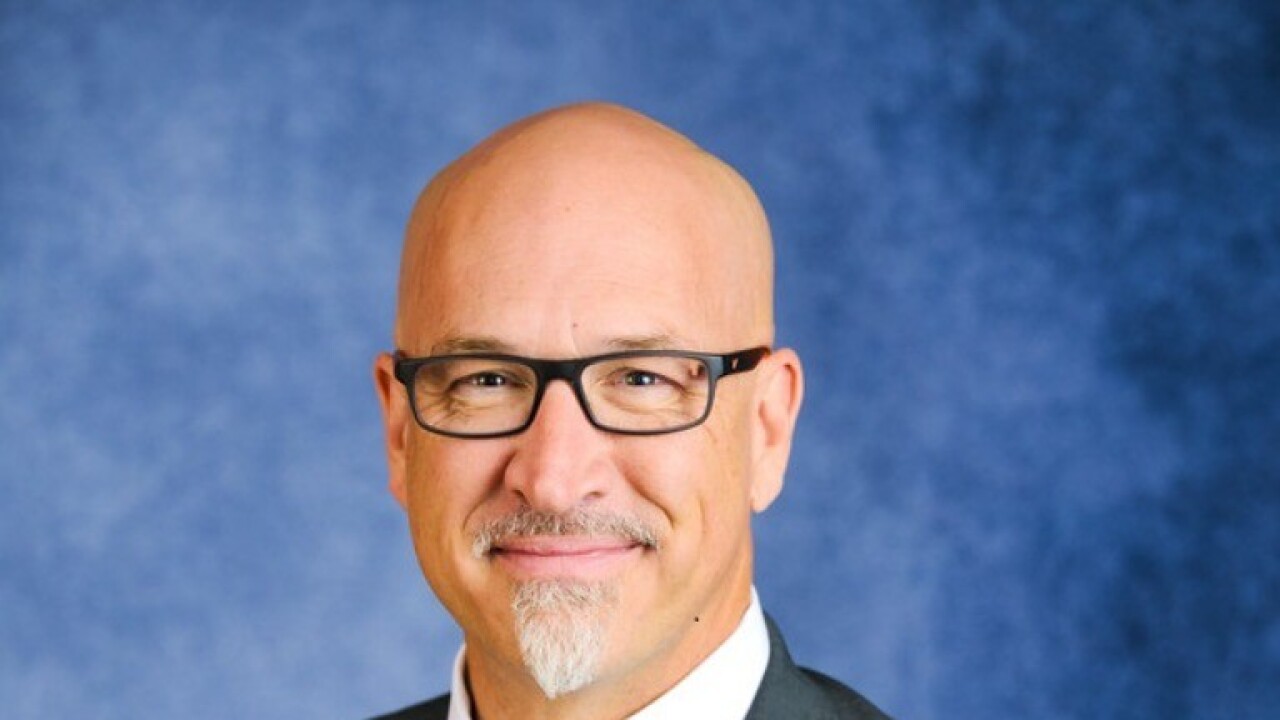A branded HR program and a contemporary communications strategy facilitated the voluntary shift by OSI Systems’ full U.S. workforce from the traditional PPO health plan to an enhanced high deductible plan in just two years.
OSI Systems is an integrated designer and manufacturer of specialized electronics with more than 6,000 employees in over a dozen countries. In a recent webcast, OSI’s chief human resources officer Rick Merritt discussed the tactics his company used to drive a culture of consumerism with Jay Krishnan, the director of product marketing at employee communications company GuideSpark.

“Our unique communications challenge is that we have a remote, multi-generational workforce,” says Merritt. “That’s why we have created an HR logo to make it immediately apparent that the products and services we deliver come from HR. The logo also encourages the HR team think more like a business.”
Upon joining OSI just over two years ago, Merritt was tasked with persuading more employees to enroll in the HDHP and contribute to a health savings account within the next 24 months. Prior to 2014, he notes that HDHP participation was most attractive to younger employees in the company’s Washington manufacturing operation, who do not represent a high proportion of the workforce.
The company embarked on a three-year transition strategy:
2014: The HMO was maintained and the traditional PPO was frozen. The enhanced HSA platform, tools and support were rolled out. GuideSpark communications were introduced.
2015: The traditional PPO was frozen but employer funding to the HSA ($1,000/family; $500 single) was maintained. Prior to mandatory open enrollment a new benefits enrollment system, resource center and multi-lingual call center were launched. Complimentary enhanced voluntary benefits were offered.
2016: By the end of 2016, employees will gain access to a robust wellness platform with activity tracking, gamification, rewards and connections for a diverse workforce. Going forward, OSI will also enhance education and communication efforts and continue to search for further innovation opportunities (e.g., telehealth, specialty networks/hospitals, etc.).
When it came to educating employees about the HDHP and HSA, Merritt says he rejected the “typical dog and pony show,” including endless small group meetings driven by less than exciting PowerPoint slides and handouts crammed with information.
“We wanted to make sure the messaging was consistent. We also wanted to make sure that it was much mobile and flexible, using currently available technology,” he says. To meet these objectives, he unlocked several new channels of communications for open enrollment, including partnering with GuideSpark to create a series of three animated videos.
1. Open enrollment video: A broad overview of the open enrollment process and the first source of information about the transition to the HDHP.
2. Benefits overview: Information about all of OSI benefits plans are discussed in the second and longest video (11 minutes). It also covers how the HDHP is integrated with the HSA and why these programs can help employees manage future overall healthcare costs.
3. High deductible PPO + HSA: More details about the high deductible program.
“The videos are very straightforward and entertaining. In addition, we made sure that the related collateral materials were clean, concise and very similar in concept,” Merritt says. “One advantage is employees can watch the videos with their significant others at home.” Every video includes the HR logo and how employees can contact the company’s new multi-lingual Benefitsfirst call center. A mobile application has also been introduced.
“One advantage is employees can watch the videos with their significant others at home.”
“When you walk around the cafeteria in our locations, everybody’s hunched over their cellphone looking at and interacting with interesting things. They are quite comfortable using their smartphones to access benefits information,” he says.
From a cost perspective, Merritt and his CFO are very pleased with the results. In 2015, the overall healthcare costs increased less than one percent as compared to a national average of 5.5%. In the U.S., the overall dollar saving was about $450,000 or $1,500/employee. Fifteen percent of employees adopted the HDHP in year one and there was full adoption in year two.
“We have also expanded our approach globally. Internationally, 15 renewals were negotiated in 15 countries. We were able to decrease our costs in about eight countries without reducing benefits in any of our locations,” he says.
As a result, OSI is more committed than ever to communicating to their employees the advantages of a consumer-driven approach to health. “”Once people realize they can control some of the cost, they realize that’s money they can put back in their pockets. That’s important when salary increases have been a dismal three percent or less,” he says.
GuideSpark’s Krishnan agrees that appealing to employee emotions can be a valuable benefits communications strategy. “Customizing and personalizing communications are effective for selling consumer goods, so why not leverage that experience in the benefits world?” she says.





